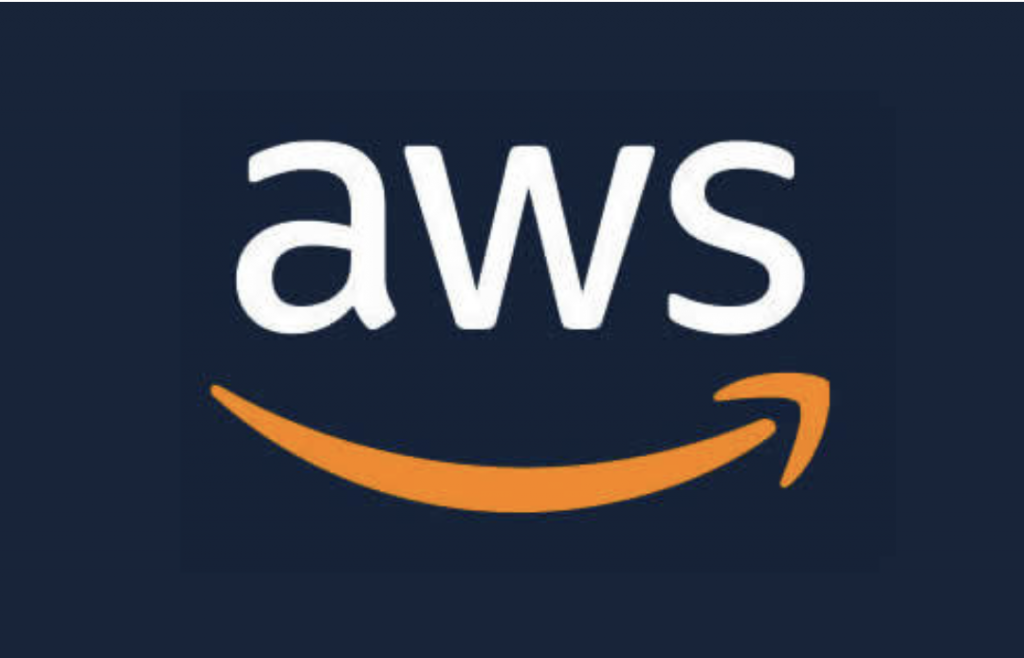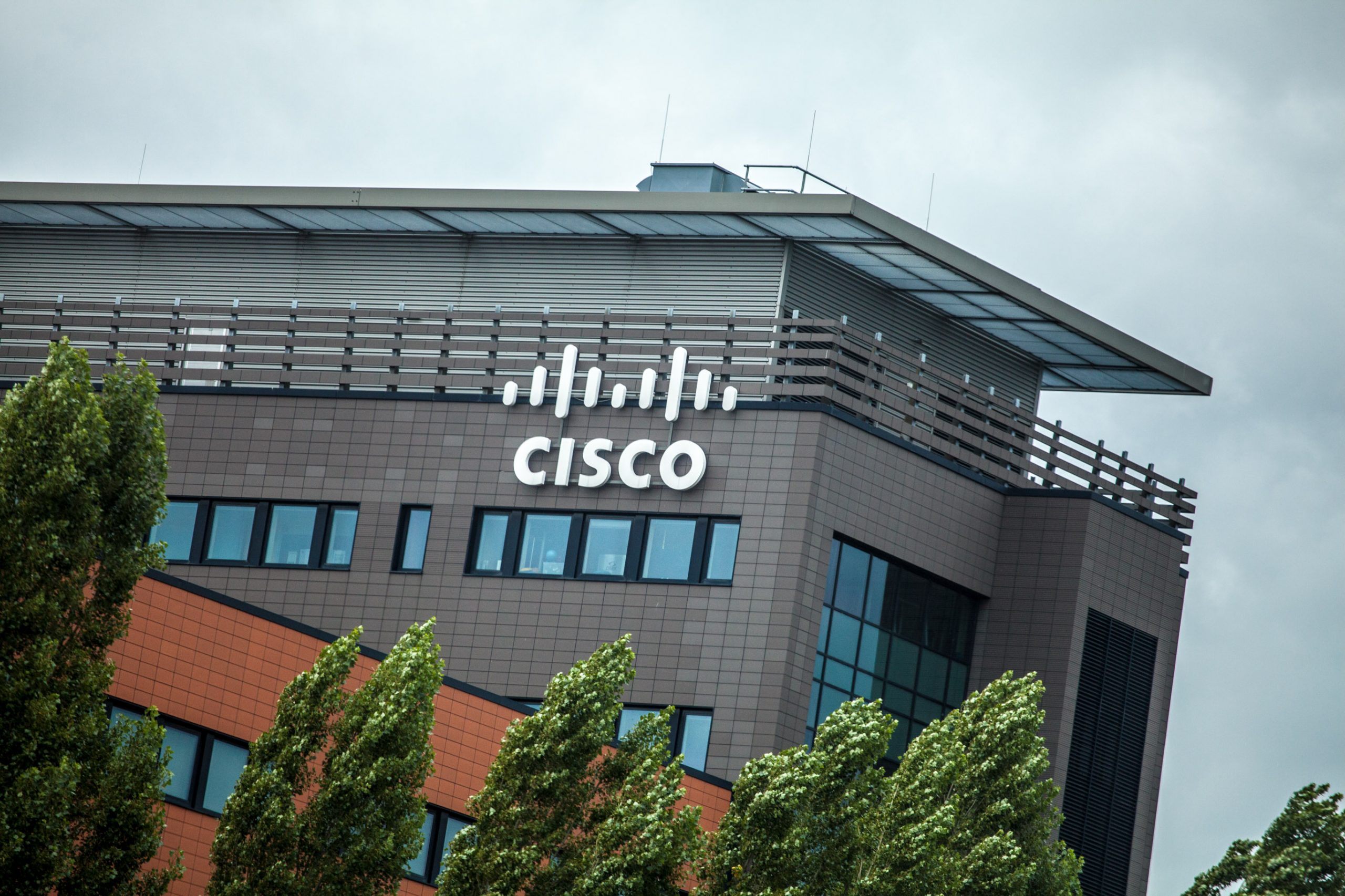TECHNOLOGY
Cloud-native adoption shifts security responsibilities across teams

Cloud-native and open-source are booming with IT decision makers (97%) and developers (96%) stating that their organisations plan to expand use over the next 12 months.
With this increase in use comes a greater need for security due to rising compliance regulations and ever-evolving cyberattacks. Both parties stated that they have high confidence in their organisations’ ability to manage security for cloud-based applications, with 97% of IT decision-makers and 96% of developers rating their abilities as strong.
This is according to a study by Styra, the creator and maintainer of Open Policy Agent (OPA) and specialist in cloud-native authorisation. Its ‘2022 Cloud-Native Alignment Report’ explores how in sync, or misaligned, IT decision-makers and developers are when it comes to cloud-native technology use and security during their digital transformation journeys. As organisations increase adoption, the report outlines why developers and IT decision-makers need a unified approach in addressing security and compliance.
Styra surveyed 350 IT decision-makers and 350 developers that work with cloud-native environments to learn how they view their responsibilities when contributing to digital transformations at their organisations. Having a unified approach between IT decision makers and developers during the transition to cloud-native is paramount to making internal processes and innovation more efficient. Styra conducted this survey to see how coordinated the two groups are, and to understand where disconnects create challenges for an organisation’s success.
Even with confidence in an organisation’s security, IT decision makers and developers need to increase alignment on who owns policy, compliance and cloud security responsibilities in order to make operations seamless. Here is where they currently stand:
● Defining policies that control how cloud applications are secured and managed:
○ 21% of developers believe IT Infrastructure and Ops Team teams are responsible
○ 45% of IT leaders believe its the IT Infrastructure and Ops Team
● Proving that applications are compliant internally:
○ 22% of developers believe that IT Infrastructure and Ops teams are responsible
○ 41% of IT decision makers believe that IT Infrastructure and Ops teams are responsible
● Meeting and proving compliance to external auditors:
○ 42% of developers said it is the security teams’ job
○ 25% of IT decision makers believe it is the security team’s job
“With organisations increasing their investment in cloud-native and open-source technologies, it’s important that teams are aligned when it comes to security,” said Tim Hinrichs, co-founder and CTO at Styra. “As the creators of Open Policy Agent and leaders in cloud-native authorisation, we’re seeing firsthand in our community the changing dynamics around security and policy, especially with new trends like ‘shift left,’ ‘everything-as-code’ and ‘DevSecOps.’ While it’s great to see both developers and IT decision-makers aligned around the importance of cloud-native security, they need to start looking at it with a unified approach.”
Additional findings in the “2022 Cloud-Native Alignment Report” include:
● Cloud-native and open-source adoption leads to different challenges:
○ Over the next 12 months, 63% of IT decision makers believe training employees to use cloud-native and open-source tools is the biggest challenge
○ Over the next 12 months, 70% of developers believe onboarding each piece of new technology and phasing out old technology is the biggest challenge
● IT decision makers and developers have different priorities in mind:
○ Developers believe migrating legacy applications to the cloud (67%) and building production, customer-facing cloud applications (66%) should come first
○ IT decision makers slightly differ, believing enhancing data privacy security measures (77%) and then migrating legacy applications to the cloud (59%) should be prioritized
○ Both parties (IT leaders – 57%, developers – 65%) believe building a proof-of-concept application in the cloud should come third
“These findings prove that IT decision makers and developers need to work together as they take on accelerated adoption of open-source and cloud-native tools,” said Hinrichs. “With Open Policy Agent and policy management systems like Styra DAS, teams can get on the same page and streamline their efforts when it comes to security in cloud-native and open source environments. Doing so now will ensure organisations are setting themselves up for success now and well into the future.”
Want to learn more about cloud and cyber security from industry leaders? Check out Cyber Security & Cloud Expo. The next events in the series will be held in Santa Clara on 11-12 May 2022, Amsterdam on 20-21 September 2022, and London on 1-2 December 2022.
Explore other upcoming enterprise technology events and webinars powered by TechForge here.
Source link
TECHNOLOGY
Next-gen chips, Amazon Q, and speedy S3

AWS re:Invent, which has been taking place from November 27 and runs to December 1, has had its usual plethora of announcements: a total of 21 at time of print.
Perhaps not surprisingly, given the huge potential impact of generative AI – ChatGPT officially turns one year old today – a lot of focus has been on the AI side for AWS’ announcements, including a major partnership inked with NVIDIA across infrastructure, software, and services.
Yet there has been plenty more announced at the Las Vegas jamboree besides. Here, CloudTech rounds up the best of the rest:
Next-generation chips
This was the other major AI-focused announcement at re:Invent: the launch of two new chips, AWS Graviton4 and AWS Trainium2, for training and running AI and machine learning (ML) models, among other customer workloads. Graviton4 shapes up against its predecessor with 30% better compute performance, 50% more cores and 75% more memory bandwidth, while Trainium2 delivers up to four times faster training than before and will be able to be deployed in EC2 UltraClusters of up to 100,000 chips.
The EC2 UltraClusters are designed to ‘deliver the highest performance, most energy efficient AI model training infrastructure in the cloud’, as AWS puts it. With it, customers will be able to train large language models in ‘a fraction of the time’, as well as double energy efficiency.
As ever, AWS offers customers who are already utilising these tools. Databricks, Epic and SAP are among the companies cited as using the new AWS-designed chips.
Zero-ETL integrations
AWS announced new Amazon Aurora PostgreSQL, Amazon DynamoDB, and Amazon Relational Database Services (Amazon RDS) for MySQL integrations with Amazon Redshift, AWS’ cloud data warehouse. The zero-ETL integrations – eliminating the need to build ETL (extract, transform, load) data pipelines – make it easier to connect and analyse transactional data across various relational and non-relational databases in Amazon Redshift.
A simple example of how zero-ETL functions can be seen is in a hypothetical company which stores transactional data – time of transaction, items bought, where the transaction occurred – in a relational database, but use another analytics tool to analyse data in a non-relational database. To connect it all up, companies would previously have to construct ETL data pipelines which are a time and money sink.
The latest integrations “build on AWS’s zero-ETL foundation… so customers can quickly and easily connect all of their data, no matter where it lives,” the company said.
Amazon S3 Express One Zone
AWS announced the general availability of Amazon S3 Express One Zone, a new storage class purpose-built for customers’ most frequently-accessed data. Data access speed is up to 10 times faster and request costs up to 50% lower than standard S3. Companies can also opt to collocate their Amazon S3 Express One Zone data in the same availability zone as their compute resources.
Companies and partners who are using Amazon S3 Express One Zone include ChaosSearch, Cloudera, and Pinterest.
Amazon Q
A new product, and an interesting pivot, again with generative AI at its core. Amazon Q was announced as a ‘new type of generative AI-powered assistant’ which can be tailored to a customer’s business. “Customers can get fast, relevant answers to pressing questions, generate content, and take actions – all informed by a customer’s information repositories, code, and enterprise systems,” AWS added. The service also can assist companies building on AWS, as well as companies using AWS applications for business intelligence, contact centres, and supply chain management.
Customers cited as early adopters include Accenture, BMW and Wunderkind.
Want to learn more about cybersecurity and the cloud from industry leaders? Check out Cyber Security & Cloud Expo taking place in Amsterdam, California, and London. Explore other upcoming enterprise technology events and webinars powered by TechForge here.
TECHNOLOGY
HCLTech and Cisco create collaborative hybrid workplaces

Digital comms specialist Cisco and global tech firm HCLTech have teamed up to launch Meeting-Rooms-as-a-Service (MRaaS).
Available on a subscription model, this solution modernises legacy meeting rooms and enables users to join meetings from any meeting solution provider using Webex devices.
The MRaaS solution helps enterprises simplify the design, implementation and maintenance of integrated meeting rooms, enabling seamless collaboration for their globally distributed hybrid workforces.
Rakshit Ghura, senior VP and Global head of digital workplace services, HCLTech, said: “MRaaS combines our consulting and managed services expertise with Cisco’s proficiency in Webex devices to change the way employees conceptualise, organise and interact in a collaborative environment for a modern hybrid work model.
“The common vision of our partnership is to elevate the collaboration experience at work and drive productivity through modern meeting rooms.”
Alexandra Zagury, VP of partner managed and as-a-Service Sales at Cisco, said: “Our partnership with HCLTech helps our clients transform their offices through cost-effective managed services that support the ongoing evolution of workspaces.
“As we reimagine the modern office, we are making it easier to support collaboration and productivity among workers, whether they are in the office or elsewhere.”
Cisco’s Webex collaboration devices harness the power of artificial intelligence to offer intuitive, seamless collaboration experiences, enabling meeting rooms with smart features such as meeting zones, intelligent people framing, optimised attendee audio and background noise removal, among others.
Want to learn more about cybersecurity and the cloud from industry leaders? Check out Cyber Security & Cloud Expo taking place in Amsterdam, California, and London. Explore other upcoming enterprise technology events and webinars powered by TechForge here.
TECHNOLOGY
Canonical releases low-touch private cloud MicroCloud

Canonical has announced the general availability of MicroCloud, a low-touch, open source cloud solution. MicroCloud is part of Canonical’s growing cloud infrastructure portfolio.
It is purpose-built for scalable clusters and edge deployments for all types of enterprises. It is designed with simplicity, security and automation in mind, minimising the time and effort to both deploy and maintain it. Conveniently, enterprise support for MicroCloud is offered as part of Canonical’s Ubuntu Pro subscription, with several support tiers available, and priced per node.
MicroClouds are optimised for repeatable and reliable remote deployments. A single command initiates the orchestration and clustering of various components with minimal involvement by the user, resulting in a fully functional cloud within minutes. This simplified deployment process significantly reduces the barrier to entry, putting a production-grade cloud at everyone’s fingertips.
Juan Manuel Ventura, head of architectures & technologies at Spindox, said: “Cloud computing is not only about technology, it’s the beating heart of any modern industrial transformation, driving agility and innovation. Our mission is to provide our customers with the most effective ways to innovate and bring value; having a complexity-free cloud infrastructure is one important piece of that puzzle. With MicroCloud, the focus shifts away from struggling with cloud operations to solving real business challenges” says
In addition to seamless deployment, MicroCloud prioritises security and ease of maintenance. All MicroCloud components are built with strict confinement for increased security, with over-the-air transactional updates that preserve data and roll back on errors automatically. Upgrades to newer versions are handled automatically and without downtime, with the mechanisms to hold or schedule them as needed.
With this approach, MicroCloud caters to both on-premise clouds but also edge deployments at remote locations, allowing organisations to use the same infrastructure primitives and services wherever they are needed. It is suitable for business-in-branch office locations or industrial use inside a factory, as well as distributed locations where the focus is on replicability and unattended operations.
Cedric Gegout, VP of product at Canonical, said: “As data becomes more distributed, the infrastructure has to follow. Cloud computing is now distributed, spanning across data centres, far and near edge computing appliances. MicroCloud is our answer to that.
“By packaging known infrastructure primitives in a portable and unattended way, we are delivering a simpler, more prescriptive cloud experience that makes zero-ops a reality for many Industries.“
MicroCloud’s lightweight architecture makes it usable on both commodity and high-end hardware, with several ways to further reduce its footprint depending on your workload needs. In addition to the standard Ubuntu Server or Desktop, MicroClouds can be run on Ubuntu Core – a lightweight OS optimised for the edge. With Ubuntu Core, MicroClouds are a perfect solution for far-edge locations with limited computing capabilities. Users can choose to run their workloads using Kubernetes or via system containers. System containers based on LXD behave similarly to traditional VMs but consume fewer resources while providing bare-metal performance.
Coupled with Canonical’s Ubuntu Pro + Support subscription, MicroCloud users can benefit from an enterprise-grade open source cloud solution that is fully supported and with better economics. An Ubuntu Pro subscription offers security maintenance for the broadest collection of open-source software available from a single vendor today. It covers over 30k packages with a consistent security maintenance commitment, and additional features such as kernel livepatch, systems management at scale, certified compliance and hardening profiles enabling easy adoption for enterprises. With per-node pricing and no hidden fees, customers can rest assured that their environment is secure and supported without the expensive price tag typically associated with cloud solutions.
Want to learn more about cybersecurity and the cloud from industry leaders? Check out Cyber Security & Cloud Expo taking place in Amsterdam, California, and London. Explore other upcoming enterprise technology events and webinars powered by TechForge here.
















You must be logged in to post a comment Login